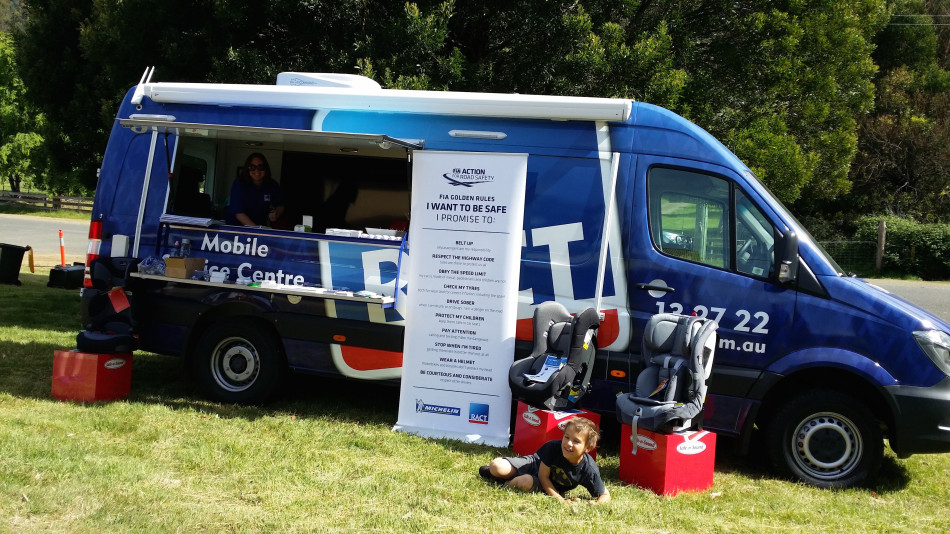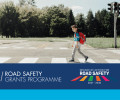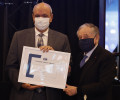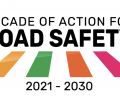A Mobile Service Centre for "Tasmanian Child Restraint Education Strategy"

This topic represents a major concern for the Royal Automobile Club of Tasmania (RACT) given the fact that up to 80 children die on Australian roads each year and about 3 000 are seriously injured, Tasmania being the nation’s worst performer per capita.
In 2014, RACT experts analyzed that 75% of child restraints in cars were incorrectly fitted. Among the reasons for this overwhelming rate, specialists pointed out the presence of unsafe equipment, used for the incorrect age group or out of date devices with the current law and requirements. Some of these vital safety implements have been acquired from second-hand shops, family hand-me-down or purchased online.
In this framework, the “Tasmanian child restraint education strategy” initiative received support of the FIA Road Safety Grant Programme through a grant allocated in 2015 by Michelin.
The Tasmanian Club engaged with remote communities and rural areas thanks to its Mobile Service Centre providing demonstration of the correct use and fitting of child restraints. The funding received allowed the RACT to bring additional resources to develop, improve and complement the quality and functionalities of such a tool and meet educational needs reducing risk associated with illegal, poorly-fitted and age inappropriate child restraint. The Mobile Service Centre touched 20 regional centers in on of Tasmania, like: the Smithton Child Care Centre where 20 restraints displays were presented. The activity resulted in a positive by reaching communities with limited access to the best information regarding this life-saving device.
The audience had the chance to access advice and free checks from trained professionals, find out about the latest seat types and new safety features, and learn how to make sure children are as safe as possible in the vehicles. The implementation of the project throughout 2015, allowed Tasmanian families with a state-of-the-art training aiming at lowering the 75% index already by 2016.

 Facebook
Facebook Twitter
Twitter






